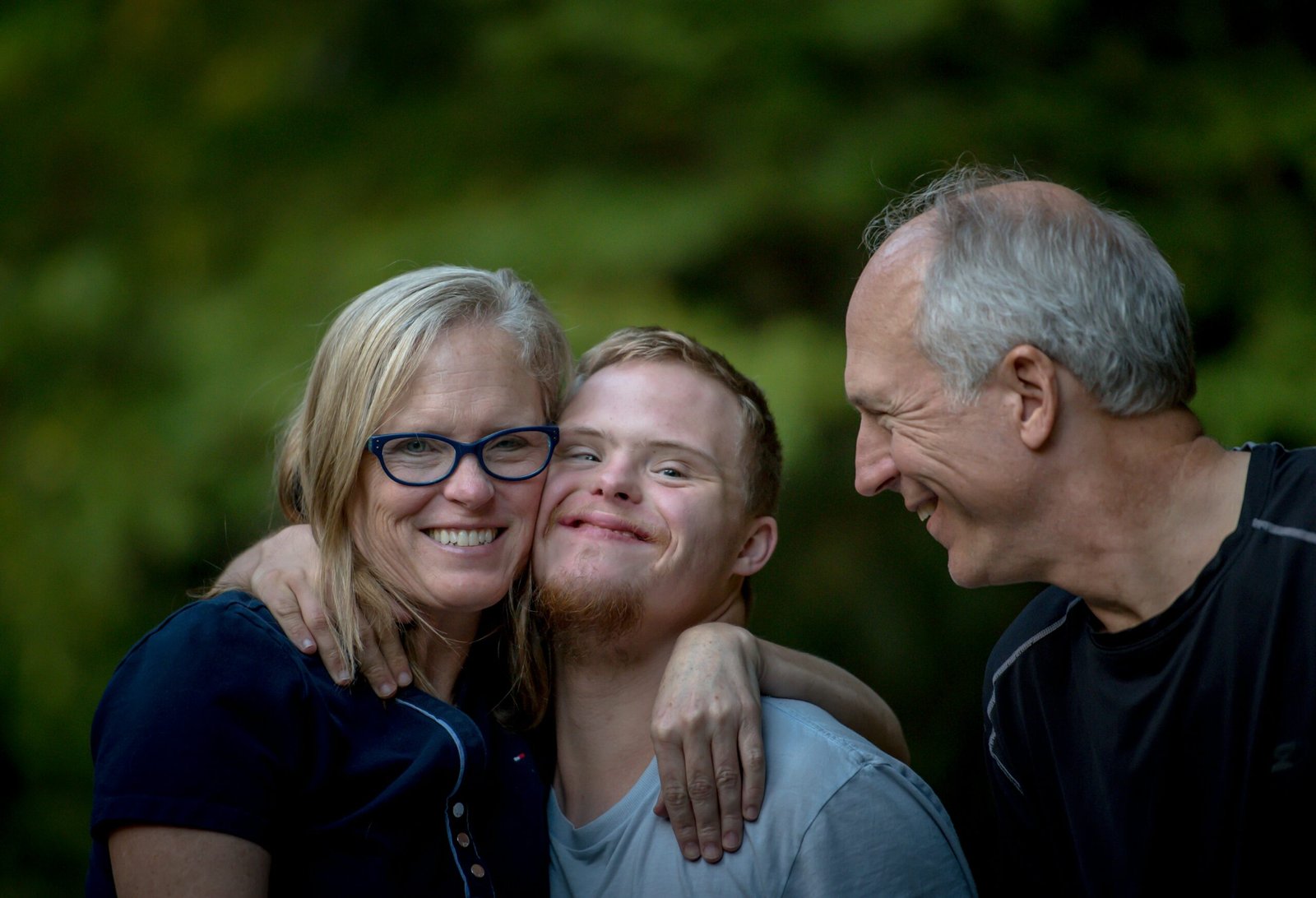Disability and Aging: The Impact on the Sexuality of People with Disabilities
As we age, our bodies undergo various changes that can affect different aspects of our lives, including our sexuality. For individuals with disabilities, the aging process can bring about additional challenges and considerations. In this blog post, we will explore the impact of aging on the sexuality of people with disabilities, focusing on changes in physical function, libido, and intimacy needs.
Physical Function and Disability
Physical function plays a crucial role in sexual activity, and for individuals with disabilities, the effects of aging can further complicate matters. Disabilities can range from mobility impairments, such as using a wheelchair, to cognitive impairments or chronic illnesses. Each disability may present unique challenges when it comes to maintaining sexual function.
For individuals with mobility impairments, aging can bring about a decline in muscle strength and flexibility, which may affect their ability to engage in certain sexual positions or activities. However, it is important to note that with proper support and adaptations, many individuals with disabilities can still enjoy a fulfilling sexual life at any age.
Changes in Libido
Libido, or sexual desire, can also be influenced by the aging process for individuals with disabilities. Hormonal changes, medications, and the overall health status of an individual can impact their libido. Some individuals may experience a decrease in sexual desire as they age, while others may experience an increase.
It is essential to recognize that everyone’s experience is unique, and there is no “normal” or “right” level of libido. Open communication with healthcare providers, partners, and support networks can help individuals navigate changes in libido and explore strategies to maintain or enhance sexual desire.
Intimacy Needs and Emotional Well-being
Intimacy is a fundamental aspect of human relationships, and it encompasses emotional, physical, and social connections. Aging can bring about changes in an individual’s intimacy needs, and this holds true for people with disabilities as well.
Physical limitations or changes in sexual function may require individuals to adapt their approach to intimacy. This could involve exploring alternative forms of physical affection, such as cuddling, kissing, or using assistive devices to enhance intimacy. Emotional well-being and connection are equally important, and individuals with disabilities may seek intimacy through deep emotional connections, companionship, and shared experiences.
Support and Resources
It is crucial to acknowledge that the impact of aging on the sexuality of people with disabilities is a complex and multifaceted issue. However, there are numerous resources and support networks available to assist individuals in navigating these challenges.
Healthcare providers, including physicians, therapists, and sexual health specialists, can offer guidance and support tailored to individual needs. Organizations and advocacy groups focused on disability rights and sexual health can provide valuable information, resources, and community connections.
Additionally, it is important for society as a whole to foster an inclusive and supportive environment that recognizes the sexual rights and needs of individuals with disabilities. This includes promoting education, raising awareness, and challenging stigmas and misconceptions surrounding disability and sexuality.
In Conclusion
The impact of aging on the sexuality of people with disabilities is a complex and multifaceted topic. Physical changes, alterations in libido, and evolving intimacy needs are all factors that individuals with disabilities may face as they age. However, with the right support, resources, and a society that embraces inclusivity, individuals with disabilities can continue to enjoy fulfilling and satisfying sexual lives throughout their lives.

